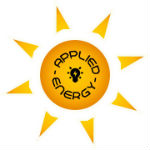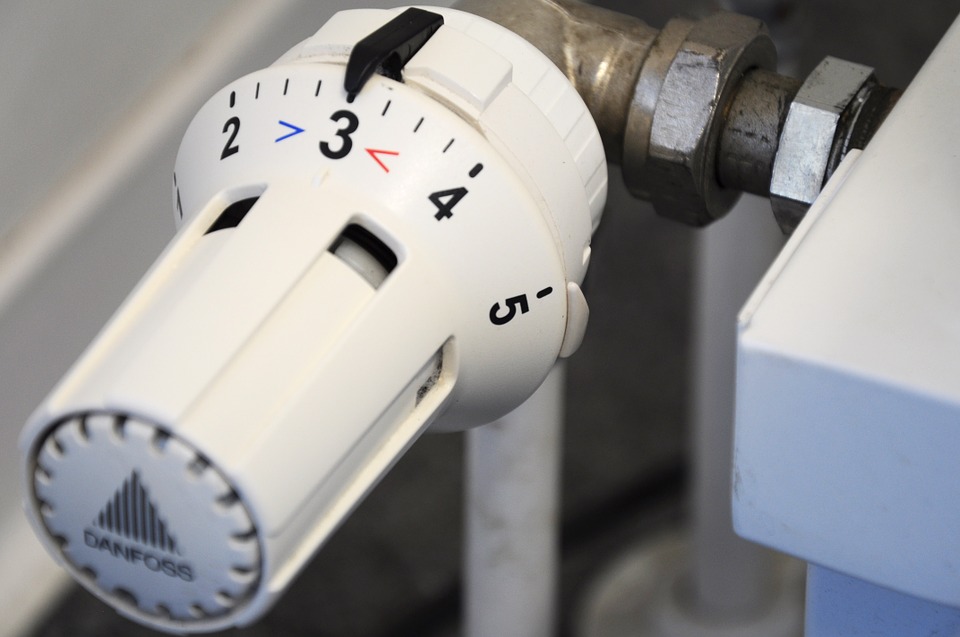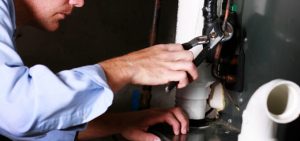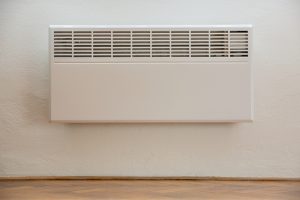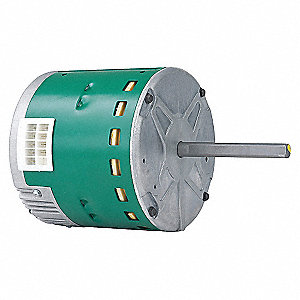I got an email this weekend from my nephew, Joe, in Manitoba. Recently he moved into a house there and they finished the attic and basement. He hired a contractor to come out and he told Joe he needed to have an extra 50,000 BTU bigger boiler for heating his home. He wanted to get my opinion since he knows I retired from the HVAC industry.
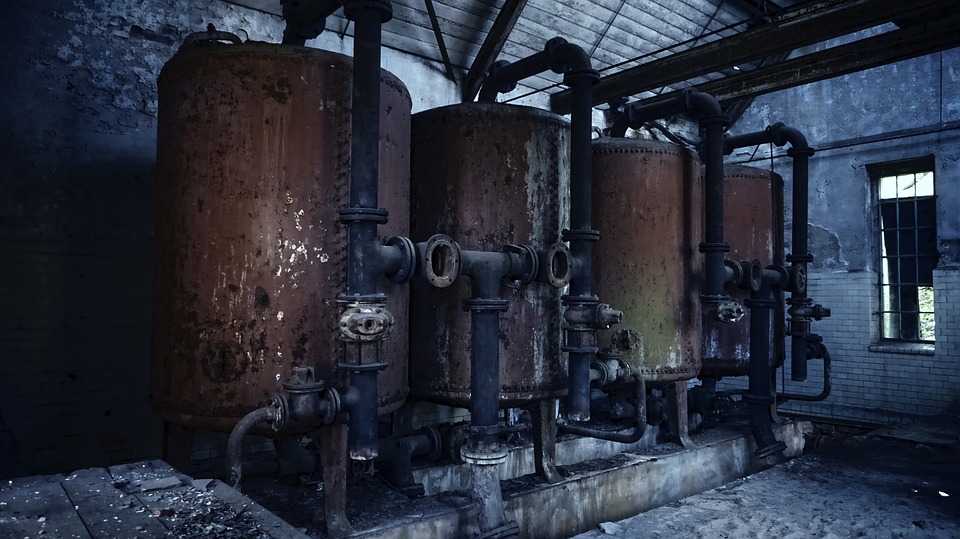
The first question that I asked was, “how did your contractor determine you needed an extra 50,000 BTU’s for heating the new areas? I also asked my nephew, “Did the contractor perform a load calculation? Did he base it on the number of feet of new baseboard radiators that he was installing? What is the temperature of the water that the current boiler is operating at?”
The current boiler might be big enough to be able to handle the extra baseboard radiators. I told my nephew that usually basements are not included as part of the load calculations. Therefore, the sizing being suggested by the contractor could be reduced. Depending on what water temperature his boiler is currently operating at, he might be able to g from, 160-degree to 180-degree water in order to handle the extra load.
Joe said, “the contractor just said that I needed to have a new bigger boiler”.
Now Joe’s boiler is a gas-fired hot water boiler. I told him that potentially replacing his inefficient, existing boiler with a new energy smart one may be the best option but there were a couple of things that he needed to take into consideration. So that brings us to this article’s subject – Proper Sizing and Heating Efficiency.
Have you noticed that old spark ignition and standing pilot boilers and furnaces seem to have 80% efficiency ratings? You can check the data plate and it will read 80,000 Btu output and 100,000 Btu input. That is 80% efficiency, right? The answer is, yes and no! Boilers and furnaces in the past were rated by their steady-state efficiency. That means if a furnace was running 24 hours per day over the whole heating season, that it would be at 80% efficiency. That rating never considered milder outdoor temperatures or normal cycling. So, it was 80% efficiency based on that type of rating.
However, today’s boilers and furnace are rated by AFUE’s. That measures the furnace’s annual fuel utilization. To put that into perspective, a 60% furnace is actually 60% efficient since 40% of the heat that it generates goes up and out of the flue. An 80% efficient furnace sends 20% up and out of the flue. And a 90% efficient furnace sends 10% up and out of the flue, and so forth.
It is a truer measure of a product’s efficiency.
Why am I explaining all of that? Well, many dealers are still using the same rule of thumb and size for replacing a boiler or furnaces based on the existing equipment’s input and then get into trouble. They think that since the old equipment had 100,000 BTUs input that they need to replace it with a new 100,000 BTU furnace. However, the problem now is the furnace is much too big.
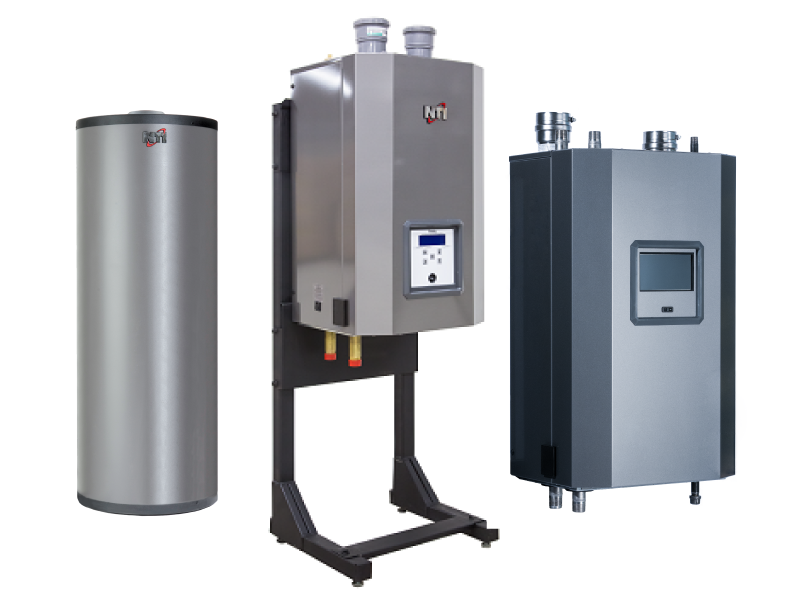
Some dealers base the new size of the furnace using the existing furnace’s output. It still will be oversized (but not as bad)) due to the fact that in reality, based on AFUE, older furnaces were only really 55-60% efficient. To make things even worse, a 92-98% efficient boiler or furnace is used for replacing the old boiler or furnace, and its size is based on the output or input, so now there is a really major over-sizing problem.
When a heating unit is over-sized, it heats the space, however, the occupants will have to sacrifice both efficiency and comfort. A furnace will blast lots of warm air in the space and over-heat it, then it will be turned off for a long period of time. That will result in bigger temperature swings in the area and occupants will feel warm and then cold and then warm and so forth. Boilers are a lot more forgiving since they heat water that is circulated through radiators or baseboards. The main issue is that it wastes energy to heat an area.
I told my nephew, Joe, the best way to have heating equipment properly size was to have a load calculation. I told him that if he was going to make such a big investment into new equipment that it needed to be sized properly the first time.
When homeowners install weatherproofing, insulation in their walls and attics, and new energy-efficient windows, the sizing of their old boiler or furnace becomes even more out of line, and it is even more absurd to replace it based on old guestimates, rules of thumbs or outdated ratings. It is a real disservice to customers since they are not receiving the true comfort and fuel efficiency that they think that they are paying for.
Keep all of this in mind when you are quoting or replacing a current heating unit. Take the time to perform a proper sizing to give the customers what they are actually paying for. It will also eliminate potential warranty calls caused by erratic cycling, and you will be providing the right comfort level that a furnace is designed to give. This will also provide you with an edge to getting the job by demonstrating to the customer that you are a true professional and concerned about their comfort and needs.
